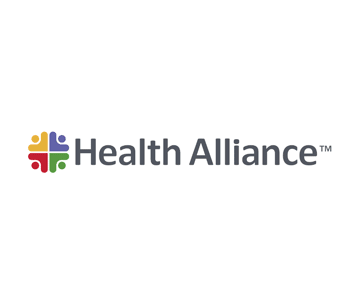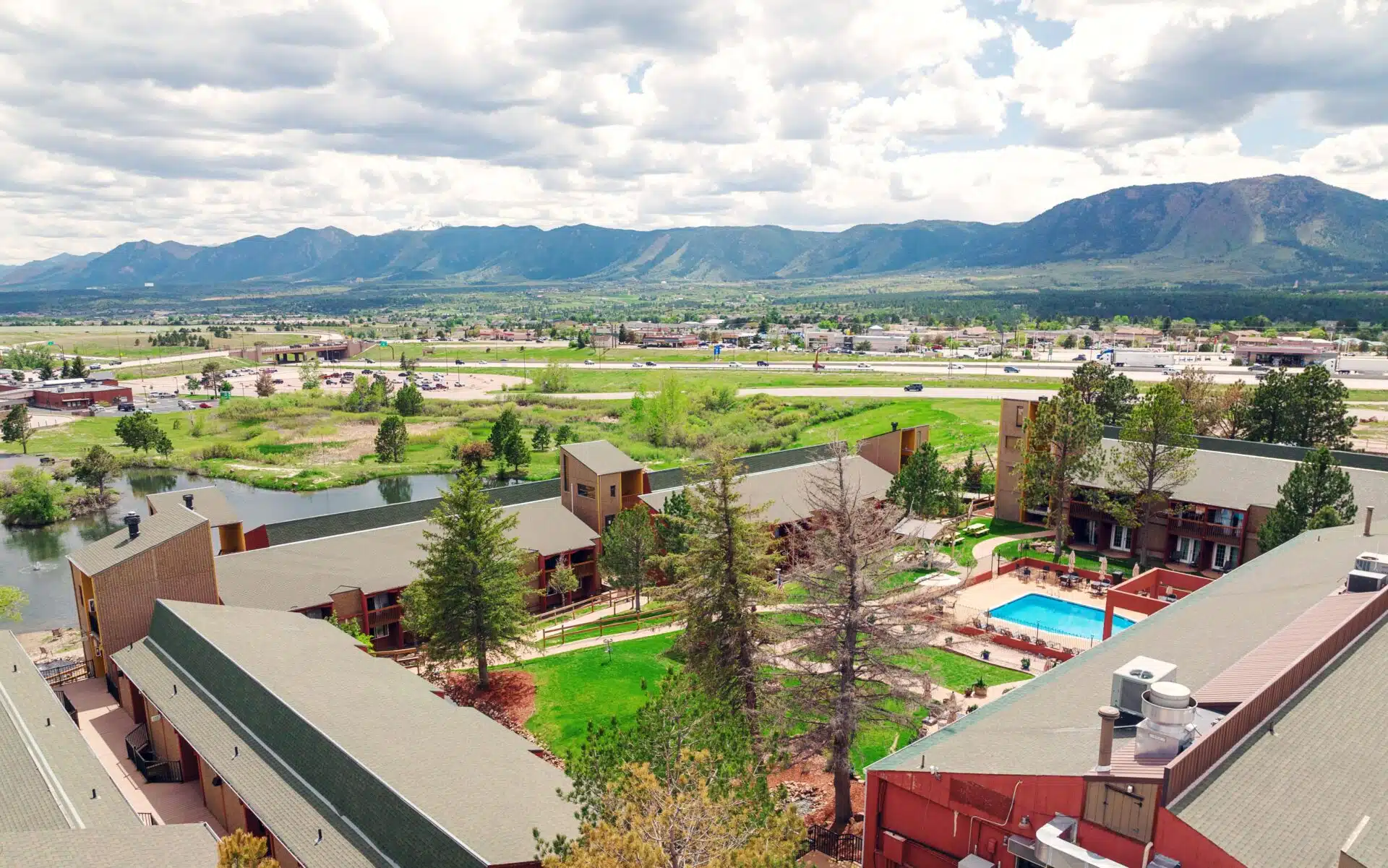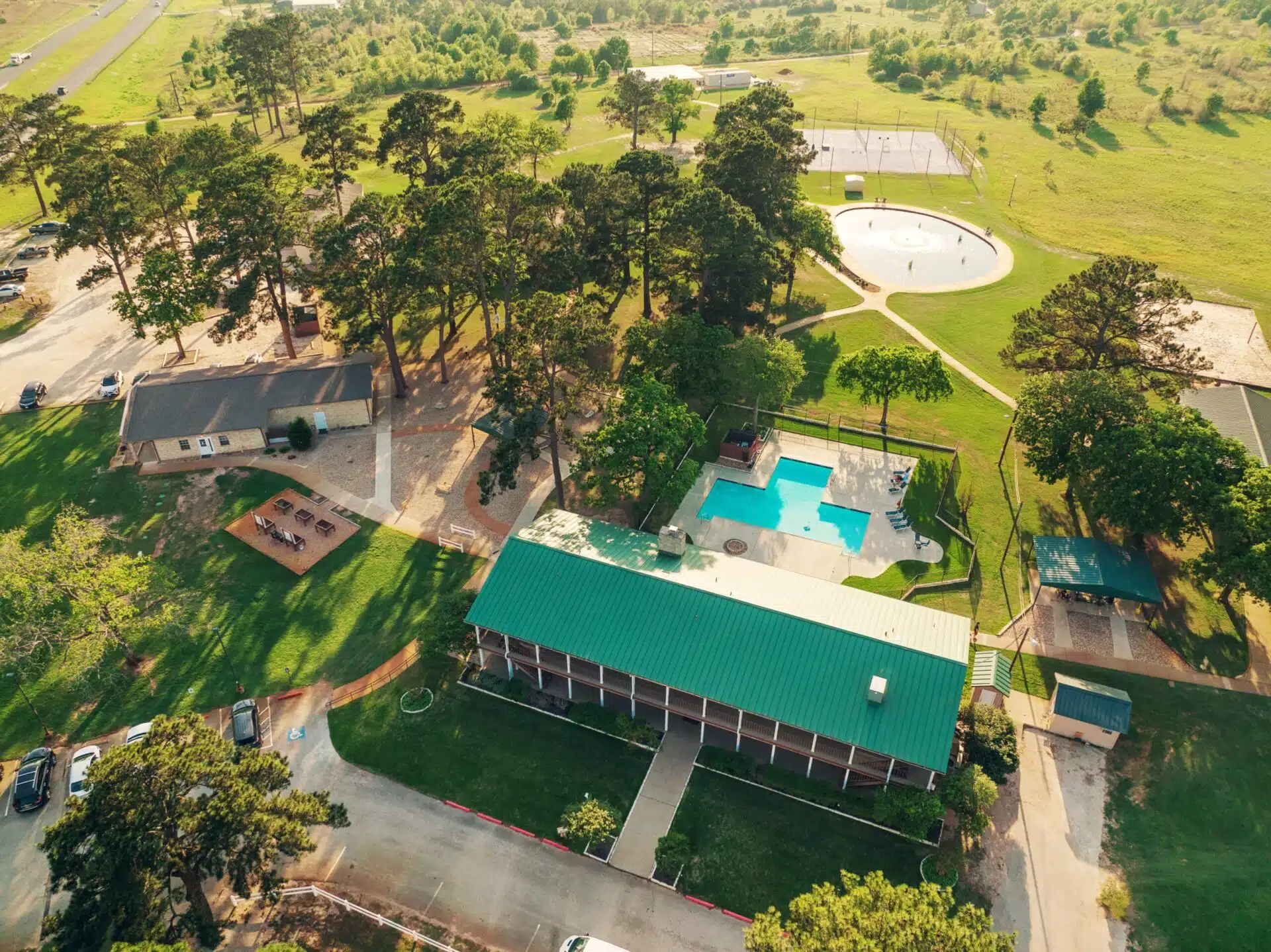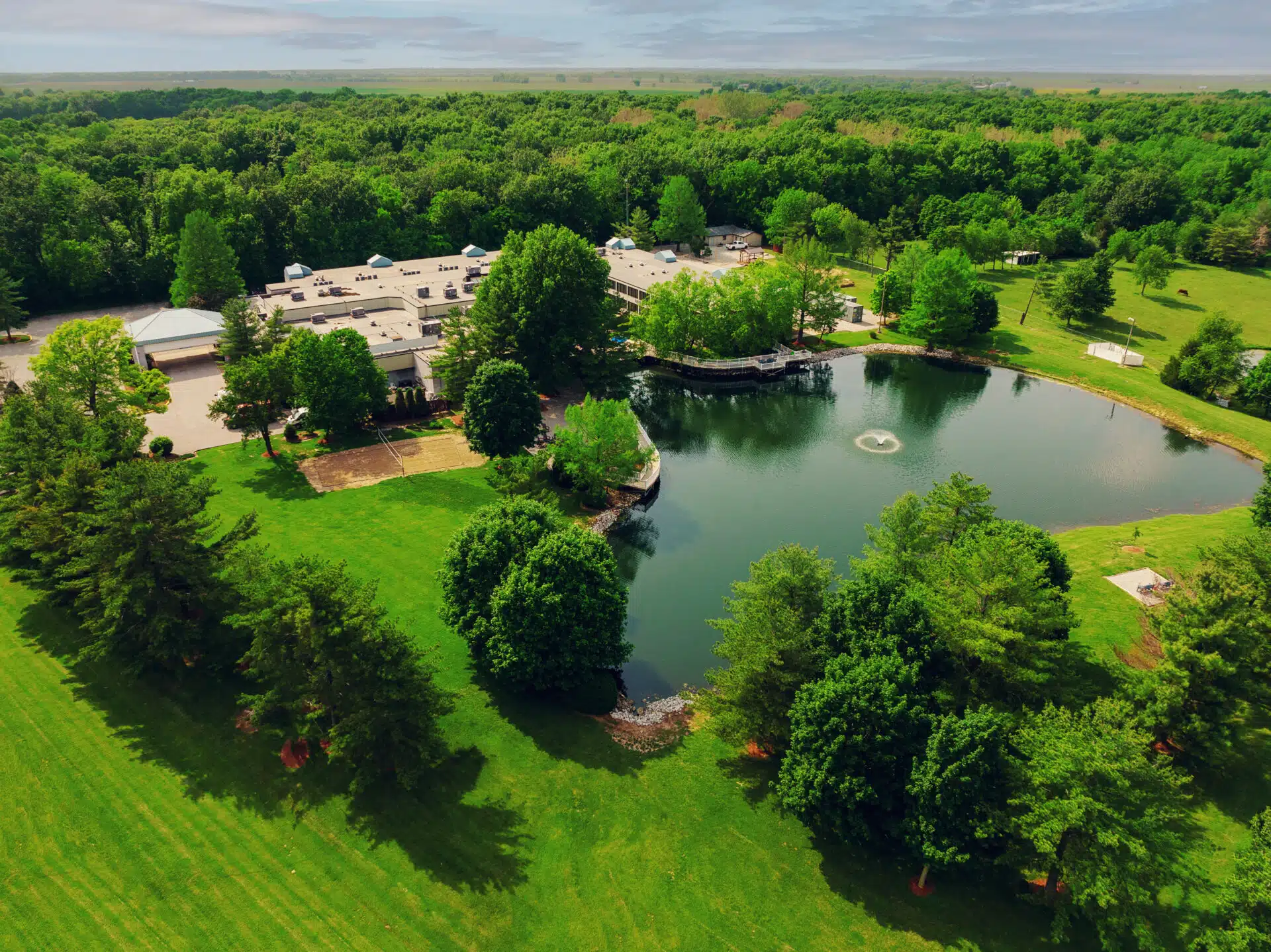The city of Yorba Linda, California, is small, just over 19 square miles (19.48), with approximately 68,000 people (68,336 as of the April 2020 census). It’s only the 15th largest city in Orange County and the 136th largest city in California.
Home to the Richard M. Nixon presidential library and the site of his birth, Yorba Linda’s motto is the Land of Gracious Living. Still, it’s not immune to big-city problems, such as homelessness, wildfires, an economy hurt by the COVID-19 pandemic, and substance use disorder.
Demographics of Yorba Linda, California
Yorba Linda, California, has a population of about 68,000, a small fraction of Orange County’s 3 million and California’s more than 39.5 million. Yorba Linda’s population density is around 3,500 per square mile, making it only the 32nd most densely populated city in Orange County and the 348th most densely populated city in the state.
In 2019, Yorba Linda’s population was older, at a median age of 44.2 years, compared to Orange County (38.6), California (37), and the U.S. (38.5).
Yorba Linda, California, is less Hispanic than other parts of Orange County and California.
- More than half (58.4%) of the population is White (non-Hispanic). That’s more than Orange County’s 39.7% and California’s 36.3% and close to the U.S.’s 60%.
- More than one out of five (20.6%) is Asian, about the same as OC’s 21.2% rate but greater than California’s 14.6% and the U.S.’s 5.61%.
- Only 16.5% is Hispanic, including 13.9% White (Hispanic). That’s less than half of Orange County (34%) or California (39.4%) and just over half of the United States rate (18.4%).

Our closest facility is in California
27123 Calle Arroyo #2121, San Juan Capistrano, CA 92675
Talk to Our Intake Coordinators
Problems Facing Yorba Linda, California
Economic
Yorba Linda’s proximity to Disneyland in Anaheim (nine miles away) means its economy has probably been hurt by the COVID-19 pandemic and restrictions. (As of Sept. 28, 2021, 62.61% of Orange County was fully vaccinated.)
Wildfires
In October and November 2020, the Blue Ridge Fire burned parts of Yorba Linda, California, and neighboring San Bernardino County. Before it was contained, almost 14,000 acres were burned, 10 structures damaged, and one destroyed.
Wildfires are still a problem, at least as to air quality. Average wildfire smoke exposure per year from 2016–2020 was between four weeks to six weeks in Yorba Linda, the same as in Orange County overall.
Homelessness
As small as it is, Yorba Linda, CA, is also involved in the larger problem of homelessness in Orange County and California.
Orange County’s homeless population was 7,000 in 2019. By March 2021, it was estimated to be 12,000. California’s homeless population in 2019 was 108,400, roughly 53% of all homeless people in the U.S.
In addition to participating in the North Orange County Service Planning Area regional strategy, Yorba Linda, CA, has a city council member on the board of the Bridges at Kraemer Place emergency shelter in Anaheim, a Homeless Liaison Officer, and an affordable housing program.
Substance Use Disorder in Yorba Linda, California
Substance use disorder is:
- Using illicit drugs.
- Using legal prescription drugs other than as prescribed
- Using legal prescription drugs without a prescription.
- Using legal non-prescription substances such as alcohol when underage.
Substance use disorders are severe cases of substance use disorder such as dependence and addiction.
In 2016, 8.5% of Californians, or 2.75 million people—lower than the national rate of 10.6%— met the criteria for a substance use disorder in the past year, including:
- Alcohol – 6.4% (2,088,000)
- Illicit drugs – 3.3% (1,068,000)
- Pain medication – 0.6% (206,000)
While it’s not always possible to separate Yorba Linda drug abuse statistics from Orange County and other parts of California, Yorba Linda has lower rates of substance use disorder hospitalizations and overdose deaths than OC as a whole.
The rate of drug and alcohol hospitalization in 2015 was:
- Yorba Linda: 16.2 per 10,000 (108 out of 67,826) or 22nd highest in the state.
- Orange County: 17.5 per 10,000 (5,481 out of 3,118,717).
Student Substance Use Disorder in Yorba Linda, California Colleges
While substance use disorder is a problem among college-age youths, it often starts between ages 10 and 19. That includes alcohol, marijuana, and other prescription or illegal drugs. From ages 12 to 17, however, an illicit drug use disorder was twice as likely as an alcohol use disorder.
The risk of developing substance use disorders or addiction remains strongest—and poses the greatest threat—through at least age 25 or when the brain stops developing.
In 2020, at ages 18 to 25, Californians were 24.46% more likely to use drugs than other Americans, and more likely to have an SUD than other Californians:
The General Education Program in the Placentia-Yorba Linda Unified School District includes drug abuse education instruction for all its pupils.
Yorba Linda High School has a page devoted to Mental Health and Crisis Resources. Most of it specifically references suicide, depression, and sexual abuse, but it also includes a brochure with substance use disorder resources.
Orange County has more than 25 accredited college and university campuses, in-person and online. While there are none in Yorba Linda, California, there are 50 colleges and universities within 25 miles of Yorba Linda, CA. Substance use disorder education, assistance, or at least referrals are available for their students.
Overdose deaths in Yorba Linda, California
Rate of deaths due to drug or alcohol overdose:
- Yorba Linda: 16.2 per 100,000 (8 out of 67,826) or 31st in the state.
- Orange County: 21.9 per 100,000 (716 out of 3,118,717).
According to the report 2017 Opioid Overdose & Death in Orange County, 70% of overdose deaths in the OC involved opioids, and most (55%) opioid deaths involved prescription opioids, not heroin or fentanyl.
California as a whole reported only 348 overdose deaths in 2015, including:
- Prescription Drugs – 176 (51%)
- Illicit Drugs – 84 (24%)
- Alcohol – 19 (6%)
An additional 67 (19%) deaths involved more than one substance.
Alcohol, though not responsible for as many overdose deaths, remains the most abused substance and the most common SUD.
While not an alcohol use disorder like alcoholism, binge drinking—consuming five or more standard drinks (for men; four for women) in two hours—was a whole percentage point higher in OC (35.5%) than in California as a whole (34.4%)
Opioid abuse and overdose deaths
Since 2017, overdose deaths have dramatically increased. Orange County alone had 668 overdose deaths in 2020. California had 5,363.
About 70% of drug overdose deaths in Orange County involve opioids, both legal prescription drugs (oxycodone, hydrocodone) and illicit ones (heroin, fentanyl). In total, in 2020, there were 501 overdose deaths involving opioids (15.4 per 100,000 residents), almost twice as many as in 2018, of which 432 (86%) were caused by fentanyl (12.5 per 100,000, five times the rate at the beginning of 2018).
There are two main reasons for all the fentanyl deaths:
- Fentanyl, a synthetic opioid, is 50 times stronger than heroin. A slight miscalculation in dosage can easily cause death.
- Dealers often substitute fentanyl for other, harder to obtain or more expensive drugs, so drug users don’t know they are taking fentanyl.
Along with the considerable rise in overdose deaths attributed to fentanyl (and other synthetic opioids), there was a slight decrease in heroin overdose deaths.
Not all substance use disorder indicates a substance use disorder (SUD) such as addiction. Whether an individual has an SUD and its severity is determined by 11 diagnostic criteria, including being unable to stop use despite the substance’s destructive effect on the individual’s life.
Only 10% who need treatment for an SUD receive it, however.
Substance Use Disorder Treatment
At the same time that overdose deaths were going up in Orange County, the use of one of the most effective methods to control drug abuse was going down.
Buprenorphine, a low-dose opioid, helps people overcome addiction without suffering the worst withdrawal symptoms but does not cause euphoria. In its Suboxone formulation, it is tamper-resistant because it is combined with an opioid antagonist that is activated if crushed for snorting or dissolved for injection.
From 2018 to 2020, however, the prescription of buprenorphine declined 22%, from almost 16 per 1,000 residents to less than 12 (11.45).
At the state level, California is the fifth-worst for the number of adults who need substance use disorder help but don’t get it. It’s also fifth for having the fewest number of substance use disorder rehab facilities per 100,000 drug users.
Choosing From Rehabs in Yorba Linda, California
Not all rehabs are alike. In the past, many were fly-by-night operations designed to take advantage of insurers and perpetuate their so-called clients’ SUDs.
Among the things to check to ensure a rehab is legitimate are:
Accreditation
This shows that an independent body has checked that the rehab meets the minimum requirements or standards for behavioral health and opioid treatment programs (OTPs). The Substance Use Disorder and Mental Health Services Association (SAMHSA) recognizes these three bodies:
- CARF International (originally the Commission on Accreditation of Rehabilitation Facilities)
- The Council on Accreditation (COA)
- The Joint Commission
Also, Google and Facebook require their rehab advertisers to meet LegitScript‘s certification requirements.
The California Department of Health Care Services (DHCS) also licenses and certifies substance use disorder treatment facilities.
Client-to-Staff Ratio
While there is no official standard, the fewer clients (or patients) per staff member is generally preferable. That includes all types of staff, not just nurses, physicians, and therapists.
Some states and rehabs consider a 3-to-1 client or patient-to-staff ratio (three clients for each staff member) ideal, but 8-to-1 or 10-to-1 is acceptable. The American Nurses Association recommends 5-to-1 for rehabilitation and 4-to-1 for psychiatric.
Treatment Options
Before deciding on a substance use disorder treatment program, clients or their representatives should make sure it meets their needs.
In 2015, less than half (48.5%) of California treatment programs covered co-occurring disorders.
In 2018, Orange County had less than half as many treatment slots for narcotic replacement therapies such as methadone (5.5 per 10,000 residents) as California (12.8), though nearly half the counties did not offer NRT.
Orange County did have the highest residential detoxification capacity in the state (6.9 per 10,000), and its overall residential capacity (4.2) was greater than the state as a whole (3.0).
The Orange County Health Care Agency lists behavioral health services, including several in Santa Ana, offering:
- Alcohol & Drug Abuse Outpatient Clinics
- Perinatal Treatment
- Residential Treatment
- Social Model Detoxification Services
- Medication-Assisted Detoxification Services
Treatment Options at Rehab Centers in Yorba Linda, California
There are many types of treatment available—programs, treatment approaches, and levels of care—with some overlap.
In Orange County, Medi-Cal provides for these levels of care:
- Outpatient. The client visits the treatment center (which need not be a medical facility) for up to nine hours—usually three three-hour sessions—for drug education classes and therapy.
- Intensive outpatient program (or IOP program). Like standard outpatient, except the client visits the center for nine-to-19 hours weekly. (Partial hospitalization, sometimes referred to as Day Hospital, is similar, except it takes place for at least 20 hours a week in a facility with medical services.)
- Inpatient drug rehab treatment. Also known as residential because the client stays at a treatment center 24/7 with medical services available (though not necessarily on-site) so their health and behavior can be monitored. Food, recreation, therapy, and a bed are provided on-site for up to 90 days at a time.
- Luxury rehab. A type of high-end rehab facility with better accommodations, food, views, and even virtual offices so that business owners and executives can continue to work so long as it does not interfere with their therapy and recovery.
Expectation Inpatient Drug Rehab in Yorba Linda, California
All inpatient treatment begins with the intake process, the initial screening, and assessment as the client checks into rehab. This is when the client’s substance use disorder is evaluated and the individualized course of treatment is planned.
Services included in treatment may include:
- Detoxification. If the client is still actively using substances at the time they enter rehab; a medically monitored detox may be needed (in rare cases, withdrawal can be fatal) before they begin inpatient treatment.
- Behavioral therapies. Cognitive-behavioral therapy and related types of talk or psychotherapy help people with SUDs ignore or transform negative thoughts and learn healthier coping behaviors. Similar or related therapies include dialectical behavior therapy, rational emotive behavior therapy, motivational interviewing, contingency management, and the Matrix Model.
- Medication-Assisted Treatment (MAT). The use of drugs plus therapy and counseling to treat substance use disorders. This can involve narcotic replacement therapy (NRT) while the client undergoes rehab. The use of methadone or buprenorphine (Suboxone) can manage withdrawal from opioids and maintain sobriety without the opioid high or rush. Other forms of MAT include:
- Naltrexone (Vivitrol, Revia): Blocks euphoric effects of alcohol or opioids; does not prevent or mitigate against withdrawal effects.
- Disulfiram (Antabuse): Causes alcohol to make the drinker sick.
- Acamprosate (Campral): Lessens alcohol withdrawal symptoms.
- Mental health care. Substance use disorders frequently co-occur with mental health disorders—sometimes called a dual diagnosis—but are occasionally undiagnosed because the symptoms are similar. Substance use sometimes begins in an attempt to self-treat symptoms of the mental health issue. In these cases, collateral treatment is needed. A qualified dual diagnosis rehab will check for this during intake.
- Holistic rehab treatments. Exercise, yoga, meditation, art or music therapy, and equine therapy are sometimes included to reinforce mindfulness.
Aftercare Planning Procedures
Treatment for substance use disorders is not a total cure. The best current science suggests that once an SUD develops, it can only be controlled. Relapse will always remain a risk, even after decades of abstinence and sobriety.
So, a well-designed treatment plan will include aftercare, a continuing plan to help maintain sobriety after inpatient and outpatient treatment ends.
Aftercare or continuing care is part of a continuum of care, not an afterthought. Aftercare helps clients retain and reinforce their resolve to stay sober. The best rehabs will begin planning aftercare when treatment begins.
Support groups
While exercise, diet, hobbies, and avoiding the people, places, and situations that can trigger a relapse are important to ongoing recovery, they can’t cover every eventuality. For that, one needs a team of experts, people who have experienced substance use disorder and recovery, who can listen without judgment and offer advice.
That’s one of the advantages a mutual aid fellowship or support group offers. There are two main types: 12-step faith-based and non-12 step secular. Always check if meetings are in person, online, or on hiatus. Don't see your Insurance Provider?
Learn More About Your Insurance Coverage
12-step rehab
The Twelve Steps of Alcoholics Anonymous and Narcotics Anonymous are often useful tools in bringing people to alcohol rehab or drug rehab. Working the steps—acknowledging one’s helplessness with addiction, seeking help from a higher power, attempting redress, and helping others—and attending meetings helps many maintain sobriety after rehab.
- Alcoholics Anonymous. Meetings of people with alcohol use disorders (AUDs) to offer mutual support as they try to stay abstinent and work the Twelve Steps. Those with long-term sobriety sometimes act as sponsors to newer members. There are 18 meetings weekly in Yorba Linda, CA, alone, plus meetings in other cities and online.
- Al-Anon and Alateen. Mutual support groups For the family and friends of those with AUDs. Only five Al-Anon meetings are listed in Yorba Linda, CA, but there are more than 225 within a 25-mile radius (15 Alateen), plus electronic meetings.
- Adult Children of Alcoholics. Twelve Step group for people who grew up in families that were dysfunctional due to an AUD. There don’t seem to be any face-to-face meetings in Orange County, but there are nearly a dozen Zoom meetings.
- Narcotics Anonymous. Like AA but for those with narcotic use disorders. There are no meetings listed for Yorba Linda, CA, but more than 100 throughout Orange County, plus 10 virtual meetings.
- Nar-Anon and Narateen. Like Al-Anon/Alateen but for the family and friends of those with narcotic use disorders. No Nar-Anon meetings are listed in Yorba Linda, CA, but 10 within 25 miles, plus virtual meetings (Narateen, too).
- Cocaine Anonymous. No meeting is listed in Yorba Linda, CA, but 13 meetings in Orange County.
- Dual Recovery Anonymous. Twelve-step program for those with a dual diagnosis/co-occurring disorders. No meetings are listed in Yorba Linda, CA, but three in Orange County, plus virtual meetings.
- Marijuana Anonymous. No meetings in Yorba Linda, but seven throughout Orange County plus seven Zoom meetings.
- Local Celebrate Recovery groups. All twelve step programs are at least quasi-Christian but Celebrate Recovery is a Christ-centered 12-step program based in Calvary Chapel in Santa Ana. There are no meetings listed in Yorba Linda, California, but about 20 throughout Orange County.
Non-12-step rehab
The Twelve Steps are based on faith, not evidence, which may make them a poor fit for some people. Non-faith-based alternatives may serve a similar purpose without reference to God. The Twelve Steps also teach that people with SUDs are helpless in their addiction. Non-12-step programs say they do have the power.
- SMART Recovery. Self-Management and Recovery Training has trained facilitators who teach scientifically validated tools and techniques to change addictive behaviors. Although there are no meetings in Yorba Linda, CA, there are several meetings based in other Orange County cities that have moved online.
- LifeRing Secular Recovery. Members share experiences to help them design their recovery plan. There are no meetings in Yorba Linda, California, and only one face-to-face meeting in Orange County (Huntington Beach), but there are online meetings.
- Women for Sobriety. A support group of women and for women in recovery. No meetings are listed in Yorba Linda, California, and only two in Orange County (Los Alamitos and Newport Beach).
- Moderation Management. This group aims to curtail problem drinking, not necessarily all drinking. There don’t seem to be any face-to-face meetings in or near Orange County but there are phone and video meetings available.
Veterans Affairs Addiction Treatment
Orange County’s veteran population is somewhere between 107,000 and 130,000. As of 2019, about 2,800 lived in Yorba Linda, California. Many of them have or will experience physical and mental health issues due to their time in service.
Illicit substance use disorder among military personnel increases when they leave the service and become veterans. Marijuana and alcohol are most used, but opioids, both prescription and illegal, and cocaine send more to substance use disorder treatment centers.
One reason is pain, seizures, diseases associated with unprotected sex or sharing needles (HIV/AIDS, hepatitis), mental health issues associated with readjustment to civilian life (anxiety, depression, stress, trauma), and severe mental illnesses such as bipolar disorder and schizophrenia.
There are no VA outpatient clinics in Yorba Linda, CA, but there are several throughout Orange County, plus the nearby VA Long Beach Healthcare System.
Other resources for veterans in Orange County include:
- OC4Vets. A program that assists veterans and their families in obtaining treatment for substance use disorder, behavioral and mental issues, and other available services.
- Orange County Veterans Service Office. Local resources.
- California Department Veterans Affair (CalVet). Assistance finding local healthcare providers and obtaining federal benefits and services.
- U.S. Department of Veterans Affairs. Federal help from finding a VA location to refilling prescriptions, including:
Suicide is also a risk for mental health and substance use disorders. Veterans or their loved ones who exhibit severe mental illness or talk about taking their lives can call the Veterans Crisis Line (800i273i8255 then press 1) or text message 838255.
Paying for Rehabs in Yorba Linda, California
In the U.S., more than half of all health insurance comes from employer-provided plans. In 2014, businesses with 50 or more employees were required to provide mental health and substance use disorder treatment as essential health benefits.
There are other exceptions. Even when there aren’t, that doesn’t mean they cover all the costs of luxury rehab.
In California, some people qualify for substance use disorder treatment under Medi-Cal, the state’s Medicaid program. Check eligibility and apply for benefits.
The federal Medicare program also provides people 65 and older some coverage for mental health and substance use disorder treatment.
Traveling to Yorba Linda, California Rehab Centers
There are three large airports with regularly scheduled flights within 50 miles of Yorba Linda, California (plus two medium ones). The only one with excellent connectivity to other airports is Los Angeles International Airport (LAX).
Yorba Linda, CA, is within easy driving distance of Los Angeles, just 34 miles away. Other nearby cities include Anaheim, 10 miles, Newport Beach, 22 miles, San Clemente, 28 miles, and San Juan Capistrano, 21 miles.
Other than by private vehicle (personal auto, taxi, Uber, or Lyft), travelers to Yorba Linda, California, must depend on buses. There are roughly 25 routes through or near Yorba Linda.
There are no Metrolink stations; in 2004, the city council vetoed the idea, citing the risk of noise. The nearest station is the Anaheim Canyon station, on the Inland Empire-Orange County line, in Anaheim.
The nearest airport is in Santa Ana: the John Wayne Airport-Orange County Airport, about 15 miles away.
Yorba Linda, California Addiction Treatment Resources
- NAMI WarmLine. 877i910iWARM (877i910i9276). The National Alliance for Mental Illness operates a non-crisis phone line for mental health and substance use disorder issues. 9 a.m to 3 a.m.weekdays, 10 a.m. to 3 a.m. Saturday and Sunday.
- 24 Hour Suicide Prevention Line. 877i7iCRISIS (877i727i4747). Immediate, confidential over-the-phone suicide prevention services.
- OC Links. 24/7 information and links to the Orange County Health Care Agency’s Behavioral Health Services. Call 855i625i4657 (855 OCiLINKS).
The Orange County Health Care Agency has many resources online, including:
- Adult and Older Adult Behavioral Health (AOABH) Services. Provides a range of outpatient and residential treatment programs designed to reduce or eliminate the abuse of alcohol and other drugs within the community. Lists of outpatient clinics and specialized services.
- Behavioral Health Services. Which mental health and substance use disorder services are available to eligible Orange County residents, including prevention, early intervention, and treatment services.
- Downloadable brochures
Sources
Medical disclaimer:
Sunshine Behavioral Health strives to help people who are facing substance abuse, addiction, mental health disorders, or a combination of these conditions. It does this by providing compassionate care and evidence-based content that addresses health, treatment, and recovery.
Licensed medical professionals review material we publish on our site. The material is not a substitute for qualified medical diagnoses, treatment, or advice. It should not be used to replace the suggestions of your personal physician or other health care professionals.








